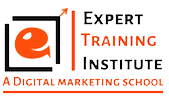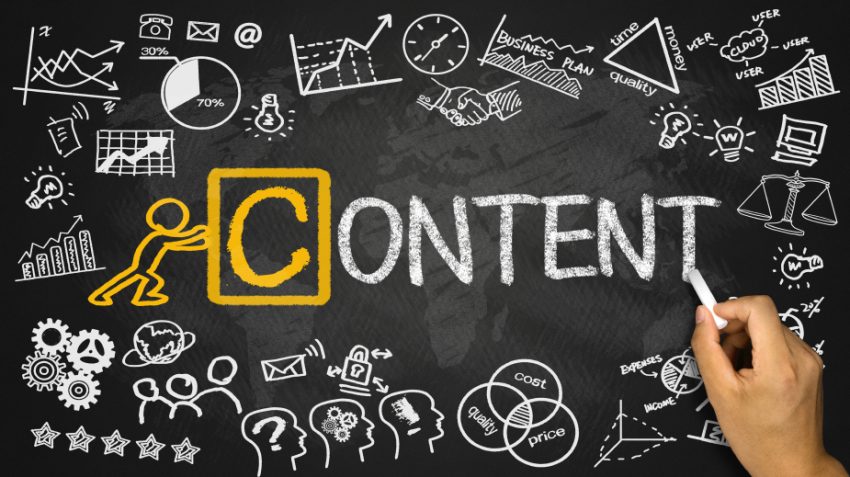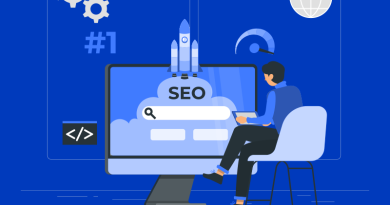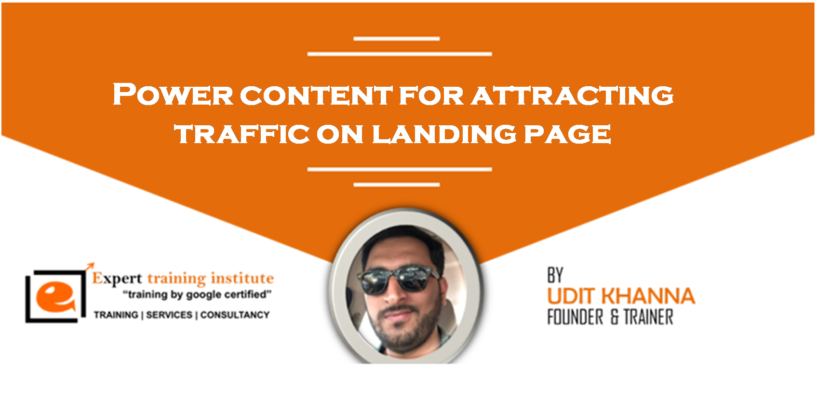What happens to websites with awesome web designs but without important SEO elements?
Websites are designed for users but search engine needs shouldn’t be overlooked. Visitors give business but it is a search engine that connects a site with its targeted audiences. Here I’m listing crucial SEO elements and mistakes that web designers often make while trying to create a unique design.
Mistake 1: Missing H1 Tags
Websites without H1 tags especially on their home pages become lifeless on search engines. You could create an amazing website with stunning colors, graphics, images, and also eye-catchy font and layout but all your efforts would go into vain if you miss placing the H1 tag on its home page.
Why web designers miss an important SEO element? The reason is simple; they don’t find enough space to place H1 tag with keywords on the page.
H1 tag is first webpage element search engine crawlers look at. It contains keyword that helps search engines determine what the page is about. Having H1 tag with keyword boosts visibility and search engine ranking of websites.
Mistake 2: Large images and media files
It is difficult to make a website without beautiful images and also you need media files to further strengthen the website structure. But do you know that having large images and videos could go against your website. Large files take much time in downloading resulting in slow downloading speed of websites. And Google rewards sites that download decently on every browser. Check website speed on Google PageSpeed Insights and optimize the images to boost your website speed.
Mistake 3: Popups
Do you use popups? If yes then you should Google’s guidelines regarding these design elements. The largest search engine warns sites for using popups as these elements reduce user experience. As soon as a visitor tries entering your site, a popup comes. Since the visitor isn’t prepared for the popup, he either keeps waiting for the popup to go away or click back from the site. In either way, it negatively affects your SEO.
Mistake 4: Text in images
An image with text matter seems to be speaking thousand words regarding the product displayed in the picture but technically, it is good for nothing for SEO. Search engine crawlers can’t read images and so they can’t read text in the image. What is more discouraging is that such images are often unresponsive. If you see an image with text on mobile, you won’t be able to locate the CTA buttons as they will appear too small to get noticed and used.
Mistake 5: Infinite scroll
Sometimes loading more pages becomes necessary but it should be according to search engine guidelines. Search engine crawlers follow links and not text. If you have 100 pages to display but only 10 pages are linked then search engine crawlers won’t be able to crawl only the linked pages. You should follow the Google Webmaster Blog instructions to make infinite scroll search-friendly.
Mistake 6: Thin content
Product and services pages are the only pages that can give business and for this reason, you must be very careful in design and presentation of these pages. Avoid mistakes like:
• Not having those pages on the site
• Listing all the products/services on one page
• Providing little information about products/services
A site without a product/service page is like a mall without any shop. And piling all the things in one page could be confusing for visitors. Finally, it is information. If there is little info on products/services visitors won’t find the site reliable.
Conclusion
Keep the important SEO elements, when designing a new website or redesigning an existing site. What good a site can do for you, if it isn’t visible to targeted users. Making site search-friendly is as necessary as creating a unique design.




